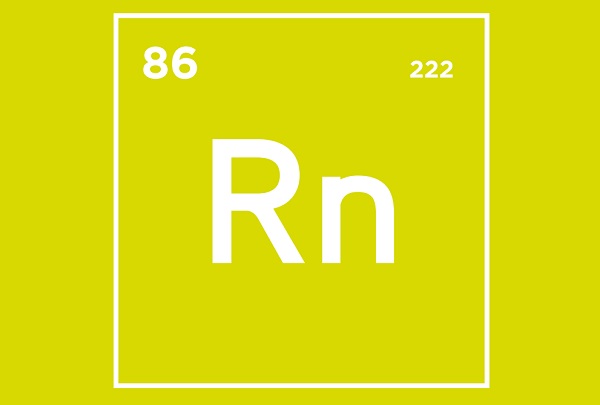 Credit: MSAN
Credit: MSAN
On 15 November 2021, Luxembourg's Minister of Health, Paulette Lenert, presented at a press conference the second national action plan specifying the actions to be taken by the Luxembourg government for the years 2021 to 2028 in order to reduce exposure of the population to radon.
This new plan, which is based on the conclusions of the first plan (2017-2020), focuses more on radon in the workplace.
Radon is a naturally occurring radioactive gas that comes from underground and is found all over the earth. It can accumulate in buildings. It is the second leading cause of lung cancer after smoking. In the workplace, radon is a potential danger to the health of workers.
"In Luxembourg, the radon concentration threshold not to be exceeded is 300 Becquerels per cubic meter (300 Bq/m3). For a person exposed to average radon concentrations around 500 Bq/m3 over many years, the risk of developing lung cancer is doubled", explained Minister Lenert. "This doubling of the risk applies to a non-smoker, with a very low initial risk, as well as to a smoker who already has a significantly high risk. An effective way to reduce his risk due to radon is indeed to quit smoking".
Legal framework: the employer's responsibility
The employer has a responsibility to maintain a safe working environment for his workers. In particular, he / she is required to take measures to minimise the health risk linked to exposure to radon. Employers are therefore encouraged to carry out a risk assessment of exposure to radon in the workplace and to take measures to mitigate this risk.
The measurement of radon concentrations in workplaces in radon zones and in certain buildings open to the public has been compulsory since 2019 with the publication of the law and regulations on radiation protection: Law of 28 May 2019 relating to radiation protection and Grand-Ducal regulation of 1 August 2019 relating to radiation protection.
In addition to the reference level for the radon concentration in the workplace (300 Bq/m3), the text defines the nature of the workplaces to be measured according to the geographical area. In workplaces exceeding the value of 300 Bq/m3, corrective measures must be taken in order to reduce the radon concentration.
Information and awareness campaign aimed at employers
To make it easier for employers to comply with the new legislation, a guide to measuring radon in the workplace has been produced by the Radiation Protection Division (DRP) of the Directorate of Health. The mission of the DRP is to coordinate actions related to the issue of radon in the air.
This guide, entitled "Radon - Measurement guide", helps to define the workplaces subject to the obligation to carry out measurements, explain the measurement process in the workplaces and propose solutions in the event of high radon levels. It can be downloaded in two languages from the portal www.SANTE.lu.
Radon measurement in the workplace
Measuring radon is simple and inexpensive. It is advisable to take measurements using passive detectors which are exposed for at least two months between 1 October 2020 and 30 April 2021. It is also necessary to target measures in occupied workspaces in the lowest level of the building which is often a basement or a ground floor.
A list of laboratories approved by the Ministry of Health to take radon measurements in Luxembourg is available in the guide relating to radon measurements in the workplace. The guide also contains the point of contact for additional information.








